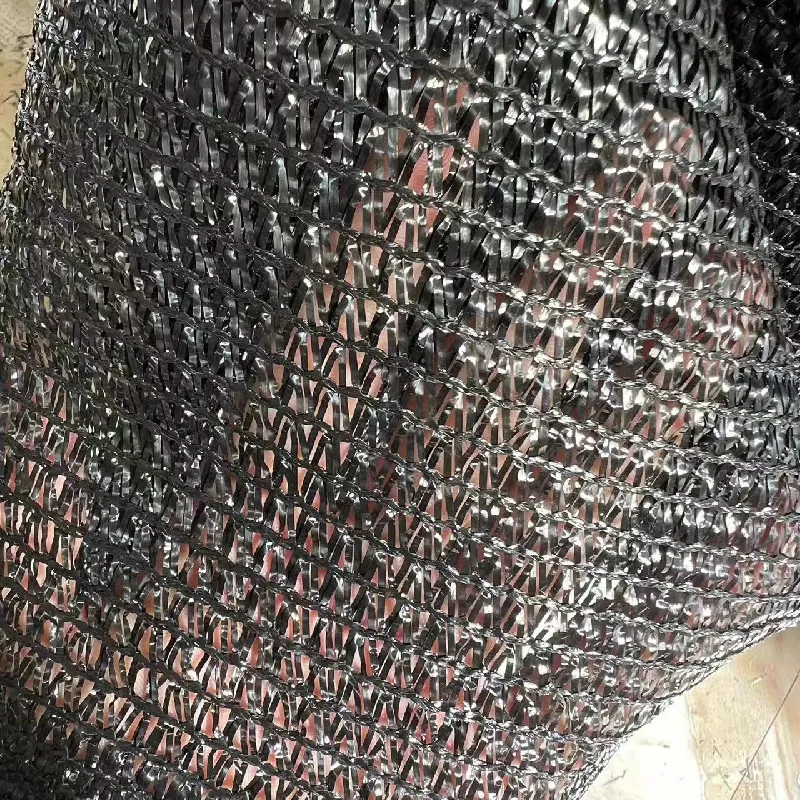-
 Afrikaans
Afrikaans -
 Albanian
Albanian -
 Amharic
Amharic -
 Arabic
Arabic -
 Armenian
Armenian -
 Azerbaijani
Azerbaijani -
 Basque
Basque -
 Belarusian
Belarusian -
 Bengali
Bengali -
 Bosnian
Bosnian -
 Bulgarian
Bulgarian -
 Catalan
Catalan -
 Cebuano
Cebuano -
 China
China -
 Corsican
Corsican -
 Croatian
Croatian -
 Czech
Czech -
 Danish
Danish -
 Dutch
Dutch -
 English
English -
 Esperanto
Esperanto -
 Estonian
Estonian -
 Finnish
Finnish -
 French
French -
 Frisian
Frisian -
 Galician
Galician -
 Georgian
Georgian -
 German
German -
 Greek
Greek -
 Gujarati
Gujarati -
 Haitian Creole
Haitian Creole -
 hausa
hausa -
 hawaiian
hawaiian -
 Hebrew
Hebrew -
 Hindi
Hindi -
 Miao
Miao -
 Hungarian
Hungarian -
 Icelandic
Icelandic -
 igbo
igbo -
 Indonesian
Indonesian -
 irish
irish -
 Italian
Italian -
 Japanese
Japanese -
 Javanese
Javanese -
 Kannada
Kannada -
 kazakh
kazakh -
 Khmer
Khmer -
 Rwandese
Rwandese -
 Korean
Korean -
 Kurdish
Kurdish -
 Kyrgyz
Kyrgyz -
 Lao
Lao -
 Latin
Latin -
 Latvian
Latvian -
 Lithuanian
Lithuanian -
 Luxembourgish
Luxembourgish -
 Macedonian
Macedonian -
 Malgashi
Malgashi -
 Malay
Malay -
 Malayalam
Malayalam -
 Maltese
Maltese -
 Maori
Maori -
 Marathi
Marathi -
 Mongolian
Mongolian -
 Myanmar
Myanmar -
 Nepali
Nepali -
 Norwegian
Norwegian -
 Norwegian
Norwegian -
 Occitan
Occitan -
 Pashto
Pashto -
 Persian
Persian -
 Polish
Polish -
 Portuguese
Portuguese -
 Punjabi
Punjabi -
 Romanian
Romanian -
 Russian
Russian -
 Samoan
Samoan -
 Scottish Gaelic
Scottish Gaelic -
 Serbian
Serbian -
 Sesotho
Sesotho -
 Shona
Shona -
 Sindhi
Sindhi -
 Sinhala
Sinhala -
 Slovak
Slovak -
 Slovenian
Slovenian -
 Somali
Somali -
 Spanish
Spanish -
 Sundanese
Sundanese -
 Swahili
Swahili -
 Swedish
Swedish -
 Tagalog
Tagalog -
 Tajik
Tajik -
 Tamil
Tamil -
 Tatar
Tatar -
 Telugu
Telugu -
 Thai
Thai -
 Turkish
Turkish -
 Turkmen
Turkmen -
 Ukrainian
Ukrainian -
 Urdu
Urdu -
 Uighur
Uighur -
 Uzbek
Uzbek -
 Vietnamese
Vietnamese -
 Welsh
Welsh -
 Bantu
Bantu -
 Yiddish
Yiddish -
 Yoruba
Yoruba -
 Zulu
Zulu
Feb . 11, 2025 08:15
Back to list
coconut fall protection net
Coconut fall protection nets are evolving as essential products in agricultural management, especially in regions where coconut trees flourish. As a professional with years of expertise in agricultural safety systems, I can affirm the critical role that these nets play in preserving both yield and safety. Coconuts, given their substantial size and weight, can pose significant risks, and therefore, implementing a reliable net system is invaluable.
One overlooked benefit of coconut fall protection nets, often highlighted by agronomists, is their contribution to yield improvement. By preventing the wastage of coconuts due to fall impacts on hard ground, nets ensure more of the fruit remains undamaged, enhancing profitability. Moreover, the collection process becomes more efficient, allowing for a faster and more organized harvest. In my collaborations with plantation operators, the deployment of these nets often results in a notable uplift in harvest efficiency and a reduction in the resources needed for collection. Building trust in these products extends beyond their protective function. Transparency from manufacturers about the lifecycle of their products and the availability of maintenance guides allows buyers to maximize the investment made. Moreover, expert installation services, whether through direct manufacturer assistance or certified third-parties, guarantee that the nets function optimally, further reducing liability risks. Incorporating coconut fall protection nets should be part of a broader safety and operational efficiency framework within plantations. Nets play a crucial role not only in safeguarding individuals and property but also in optimizing agricultural output. Embracing tailored solutions that reflect the specific needs of a plantation, and fostering ongoing relationships with suppliers and regulators, creates an ecosystem where safety and productivity flourish hand-in-hand. By embracing these durable safety solutions, agricultural professionals not only protect their workforce and enhance safety but also exhibit a profound commitment to sustainable and efficient farming practices. The industry’s progressive move towards incorporating such innovations is a testament to the ongoing evolution in agricultural safety and efficiency standards, where every coconut harvested is one more stride toward a safer, more productive agricultural future.


One overlooked benefit of coconut fall protection nets, often highlighted by agronomists, is their contribution to yield improvement. By preventing the wastage of coconuts due to fall impacts on hard ground, nets ensure more of the fruit remains undamaged, enhancing profitability. Moreover, the collection process becomes more efficient, allowing for a faster and more organized harvest. In my collaborations with plantation operators, the deployment of these nets often results in a notable uplift in harvest efficiency and a reduction in the resources needed for collection. Building trust in these products extends beyond their protective function. Transparency from manufacturers about the lifecycle of their products and the availability of maintenance guides allows buyers to maximize the investment made. Moreover, expert installation services, whether through direct manufacturer assistance or certified third-parties, guarantee that the nets function optimally, further reducing liability risks. Incorporating coconut fall protection nets should be part of a broader safety and operational efficiency framework within plantations. Nets play a crucial role not only in safeguarding individuals and property but also in optimizing agricultural output. Embracing tailored solutions that reflect the specific needs of a plantation, and fostering ongoing relationships with suppliers and regulators, creates an ecosystem where safety and productivity flourish hand-in-hand. By embracing these durable safety solutions, agricultural professionals not only protect their workforce and enhance safety but also exhibit a profound commitment to sustainable and efficient farming practices. The industry’s progressive move towards incorporating such innovations is a testament to the ongoing evolution in agricultural safety and efficiency standards, where every coconut harvested is one more stride toward a safer, more productive agricultural future.
Next:
Latest news
-
Shipping Plastic Bags for Every NeedNewsJul.24,2025
-
Safety Netting: Your Shield in ConstructionNewsJul.24,2025
-
Plastic Mesh Netting for Everyday UseNewsJul.24,2025
-
Nylon Netting for Every UseNewsJul.24,2025
-
Mesh Breeder Box for Fish TanksNewsJul.24,2025
-
Expanded Steel Mesh Offers Durable VersatilityNewsJul.24,2025











